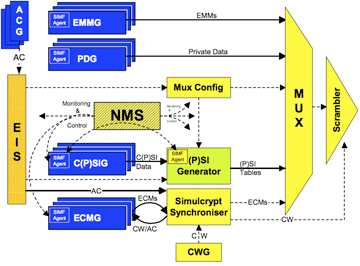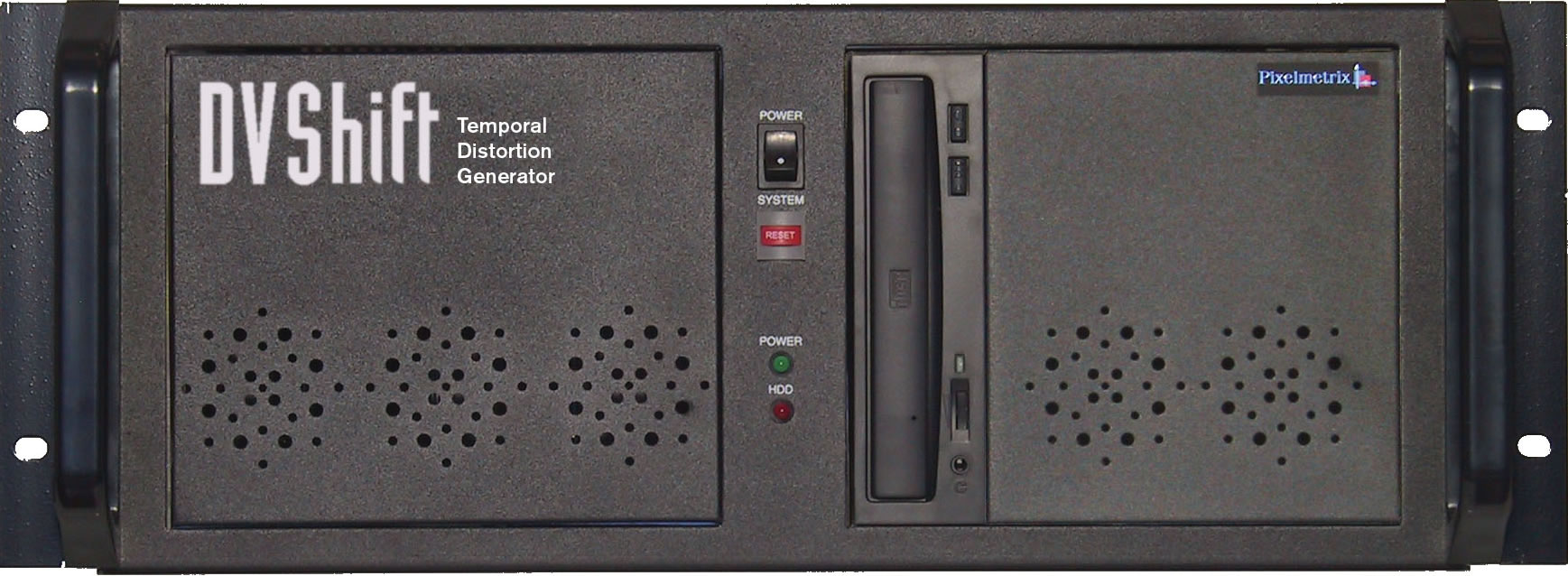Sensor Newsletter February 2011
|
||||||||||||||||||||||||||||||||||||||||||||||||||||||||||||||||||||||||||||||||||||||||||||||||||||||||||||
|
|
Content, what is seen and heard by the subscriber, can make or break viewer experience. Yet, many monitoring solutions available in the market today tend to neglect this layer, more accurately reflected as the true application layer. On-air Content Validation (OCV), as the name suggests, is a powerful application that automatically identifies discrepancies between the expected baseline and actual broadcast content: missing or extra services, incorrect service names, loss of subtitles, wrong language and incorrect age-rating. Instrumental in monitoring and verifying transport stream structures, channel lineup and service composition, OCV checks the transport stream structure against a reference snapshot. This helps ensure that the metadata accompanying the video and audio services are set up properly in order for the receivers to access the content itself. For example, before news content with foreign language audio and subtitles leave the headend, operators can ensure that the expected audio and subtitles accompany the particular content. Another vital discrepancy OCV identifies is age-rating. Constantly keeping an eye on the parental-guidance code issued by broadcasters, OCV triggers instant notification |
whenever unexpected values are encountered, or the channel plan does not match the configured set. Expected values are user-configurable and can range from an invalid value (at zero) to a minimum age required to view the content, all of which can be set very easily via the user-friendly GUI.
|
||
Utilizing the EIS<>MUXCONFIG interface in a digital headend, the On-Air Content Validation configuration can be set up automatically by an EIS<>MUXCONFIG-compliant encoder. In charge of distributing schedule information within the headend, the Event Information Server (EIS) ensures that Program Specific Information (PSI) from the PSI/SI generator is up to date by issuing updates using the MUXCONFIG component. |
 |
|
| Monitoring Line Up | ||||||
The DVStation is a single self-contained monitoring station that can analyze thousands of parameters within hundreds of digital television signals. Though |
The DVShift is ideal for delayed rebroadcast across time zones and provides stable, user-programmable delays from seconds to days. It is a great |
|||||
the use of plug-in modules and parallel processing, it can monitor all these parameters real-time, simultaneously and continuously.
|
improvement over the conventional approach of utilizing separate audio/video delay equipment which simply does not work with the advent of multi-channel audio, multiple subtitles or closed captioning, and especially so with multimedia content such as MHP. |
|||||
The DVStor2 is an ASI/IP self-contained, recording and playback system. In addition to the standard Record and Playback functions, the new Delay feature makes it perfect for Disaster |
The DVStation-Pod is a low-cost tool that can analyze and troubleshoot digital broadcast signals. Lightweight and portable, it easily slips into a tool case. DVStation-Pod borrows most of the advanced features of the DVStation, |
|||||
Recovery or Network Delay. It also offers one of the highest storage densities in the industry. RAID-6 and redundant power supplies further protect archived content. |
||||||
The DVStation-Remote is a compact version of the flagship DVStation, ideal for smaller-sized facilities. Consisting of one to four book-sized Pod modules and a single 1U rack-mounted Remote Controller, the system is operated through a LAN or dial up telephone, allowing database or user access from a personal computer. |
including its extraordinary user-friendly interface, on-board transport stream capture, internal playback and analysis, as well as error and measurement logging. |
|||||
|
The DVStation-Mini2 provides a compact and cost-effective way for terrestrial, cable and satellite operators to maintain visibility of network quality and performance. It offers comprehensive TS |
|||||
The DVProbe-S2 is a future-proof monitoring solution for satellite networks, while the DVProbe-C is developed for CATV networks. It connects directly to the QAM RF cable network. |
monitoring and is optimized for remote site deployment. |  |
||||
IPTV Monitoring Solutions |
||||||
The DVStation-IP3 offers a one-stop monitoring engine for IP and Transport Stream Analysis, detailed service visualization and IP Headend Output verification for IPTV networks. It provides, on all services, MPEG-2 and H.264 main profile thumbnails, Media De-
livery Index (MDI) which allows packet loss and jitter measurements as well as video presence, freeze or blackout displays. |
The DVStorIP-Gen is a high-performance, cost-effective tool for the evaluation, compliance testing and verification of networks, monitoring and equipment analysis. |
|||||
The Electronic Couch PotatoTM (ECP)is a “programmable test |
||||||
robot” deployed after the STB. It uses a built-in IR controller and analyzes the decoded signal to fully and truly evaluate the report the end users’ experience for delivered video services. |
||||||
| Top |




